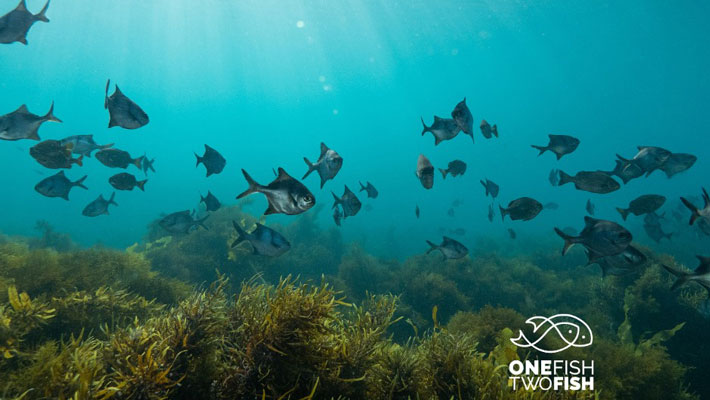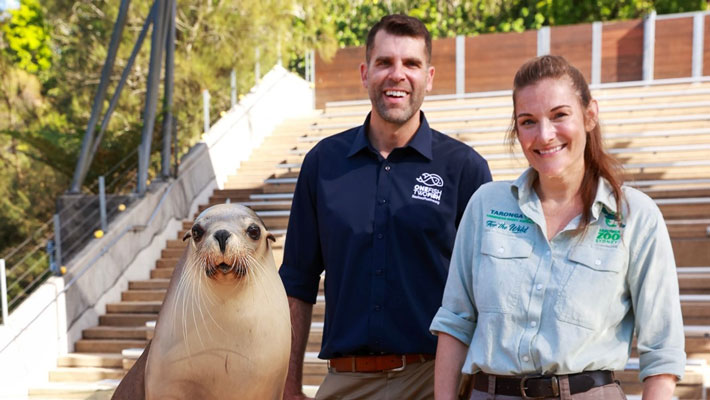The Ethical Dilemma of Oceans: Seafood or Sustainability?
If you’re a seafood lover like me, you might feel a little twinge in your stomach every time you see distressing images of industrial fishing or hear in the news that the world’s fish stocks are in decline.
You want to help, so maybe you’ve downloaded a few apps or asked your local seafood retailer for a more sustainable choice. But those images of overflowing fish nets aren’t going away and maybe you’re thinking it’s time to take it up a notch. Should I stop eating seafood altogether to save the world’s oceans?
Before you say no to your next shrimp cocktail, let’s take a moment to dive a little deeper into seafood sustainability. To you and me, most fish look the same. Especially when they’re battered and served with a handful of chips.

But not all fish are equal. And not all fish stocks are the same. One population of fish (called a ‘stock’ by scientists) might be sustainably harvested whist another might not. What we call one species of fish (such as flathead or snapper) might be several species that have very different life cycles and are found in different regions around Australia. Understanding seafood sustainability involves understanding not only what to eat, but where, how and when it is harvested. And to complicate matters further, it changes with the seasons (quite literally).
But what if there was a simpler way to make seafood sustainable and help the oceans?
In sustainability circles, the concept of ‘circular economies’ is growing. What if we applied this principle to seafood? If we worked with nature to replenish our ocean’s fish stocks to balance what is consumed?
Seafood Positive offers seafood lovers a simple way to close the loop and create the circular economy we’ve been lacking in the seafood industry. For every ONE fish sold, cooked or consumed, we replenish the ocean with TWO fish!
Creating new fish overcomes the hurdles that prevent the natural recovery of fish and marine life. Most fish release millions of eggs but only a fraction of these ever make it to adulthood.
Our projects focus on improving the size and quality of fish nursery habitats. Then, our assisted breeding programs increase the number of young fish that can reach their natural habitat.
Combining these two interventions – habitat restoration and assisted breading- is the best way to help fish and marine life recover and thrive. In turn, these actions will benefit other animals that depend on fish for their own survival. One of these animals is the ‘human’.
With a growing global population, our oceans are under increasing pressure to feed and sustain more people. The global food security challenge is clear: by 2050, the world must feed two billion more people, an increase of a quarter from today’s global population. The demand for food will be 56% greater than it was in 2010. It’s a sobering thought.
Sustainable seafood is the most environmentally efficient source of protein on the planet. It plays an increasingly important role in our food supply, our health, and the environment.
The next decade is set to become the most critical for determining the long-term health of our oceans. It will be shaped by the action we take or fail to take. There is still time. There is still hope. We all have the power to shift the needle and everyone has the capacity to do something!
Rather than say ‘no’ to your next barramundi fillet, consider how you might be able to use your appetite for good, help feed the world and save the oceans.

- World Economic Forum (2020). This is why food security matters more than ever. Sourced from www.weforum.org
- NOAA Fisheries. Understanding Sustainable Seafood. Sourced from www.fisheries.noaa.gov